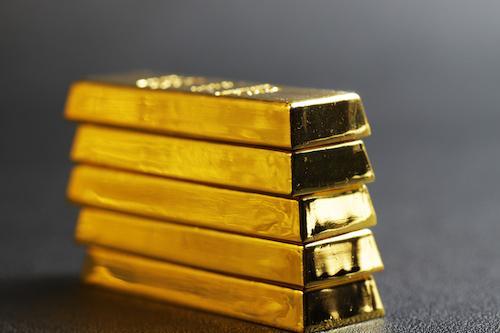
Is the Commodities Boom Passing Gold By?
The rollouts of vaccinations against the COVID-19 virus beginning around the world have generated perhaps a little more optimism that the end to all, or realistically, most of, the restrictions on daily life and business operations is perhaps in sight. Equities markets have been booming, as have metal commodities prices, as virus-related measures look as though they may be coming to an end. But we would urge a substantial degree of caution here, as the virus effects are likely to linger on for far longer than the general public perhaps realizes. Furthermore, the true impacts of the virus and resultant lockdowns on developed world economies is yet to be understood.
As far as precious metals are concerned, those that are, in effect, primarily industrial metals nowadays – silver and the platinum group metals (pgms), platinum and palladium – have performed far better than gold, which has traditionally been seen as the more widely accepted wealth protector and anti-inflation hedge. Both these elements of gold’s appeal have been pretty well discounted in favour of equities and Bitcoin, which, at the moment, seem to offer continual sharp value increases. But in the writer’s view, these options could well see a sharp collapse in the relatively near future, as things perhaps don’t work out quite as the general public anticipates.
Year to date, virtually all the metal commodities, with the exception of gold, have seen prices rise sharply, as has the oil price. This has very much been on the back of the Chinese economy’s return to near normal – China is the world’s biggest consumer of virtually all metal commodities – and the expectation that much of the rest of the world will regain its consumption growth patterns, too. But will that happen, and if so, how soon? And what are the longer-term ramifications of the COVID-19 pandemic?
We are almost certainly now living in a very different world than pre-pandemic times, and one that will probably continue to affect us for years to come. This is most probably a world that is unlikely to return to the way it was before. Some elements will revive, but they will most likely do so gradually, possibly taking several years to rebuild. More and more people will perhaps, in the future, be working from home. Companies will likely realize that the huge expenses of business travel may be largely unnecessary and can be replaced by quasi face-to-face interaction using computers. Some elements of the leisure travel sector may never recover. Delivery services may replace supermarket visits – at least in part. Airline income will likely be heavily reduced. Many small businesses will have closed, never to reopen. Many people will have found that tasks and services that they had been used to paying for can easily be done for free at home, etc., etc.
There are additional knock-on consequences, too, which will affect the economy as we know it. Working from home will likely lead to commercial property downsizing and a slump in that market. There will, thus, also be a loss of income from services serving the commuter – notably transport and fuel. The cleaner air quality that has resulted from there being much less traffic on the roads may give a boost to non-polluting energy systems and a rise in the take-up of electric vehicles – something that may well be encouraged in the U.S., in particular, by the more environmentally conscious Biden administration.
Thus, there will be something of a time of reckoning as all these changes come about, but as far as precious metals are concerned, we see no need at this stage to alter our earlier price predictions – even for gold, where we were predicting $2,225 by the year end. We predicted silver at $32.25, platinum at $1,285 and palladium $2,175 in 2021. The caveat here, though, is that if there is a severe equities correction, liquidity issues could well also affect precious metals prices adversely, and the ensuing situation could encompass changes that are much the opposite of what seems to be happening at the moment. Gold would likely be more resilient and recover more quickly, while metal commodities and the more industrial-related precious metals would probably suffer rather more seriously, and take longer to recover. We saw this happen in the aftermath of the 2008 price collapse, and we suspect it would likely happen again.
There are signs of some normality returning to the precious metals markets, as I finish writing this article on the morning (in Europe) of February 22nd. Gold is teetering back on the brink of regaining the $1,800 level, while the silver price is correspondingly strong and the pgms are marking time. Whether or not this is an initial sign of investors coming to their senses after a crazy couple of weeks in the equities markets remains to be seen. No doubt, there will be moves in the futures markets to mitigate any price rises, given the strong short positions held, but was it ever thus? The writer remains hopeful that precious metals prices, for now, will move onwards and upwards, but encourages the reader to beware an equities crash, which could affect precious metals and metals commodities prices adversely.






